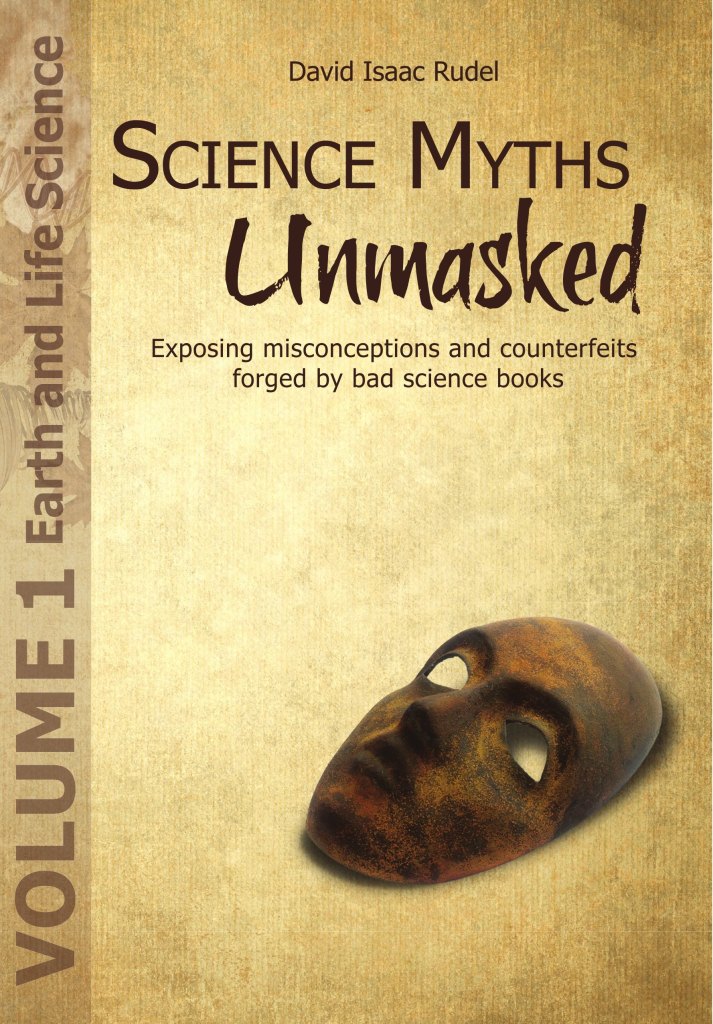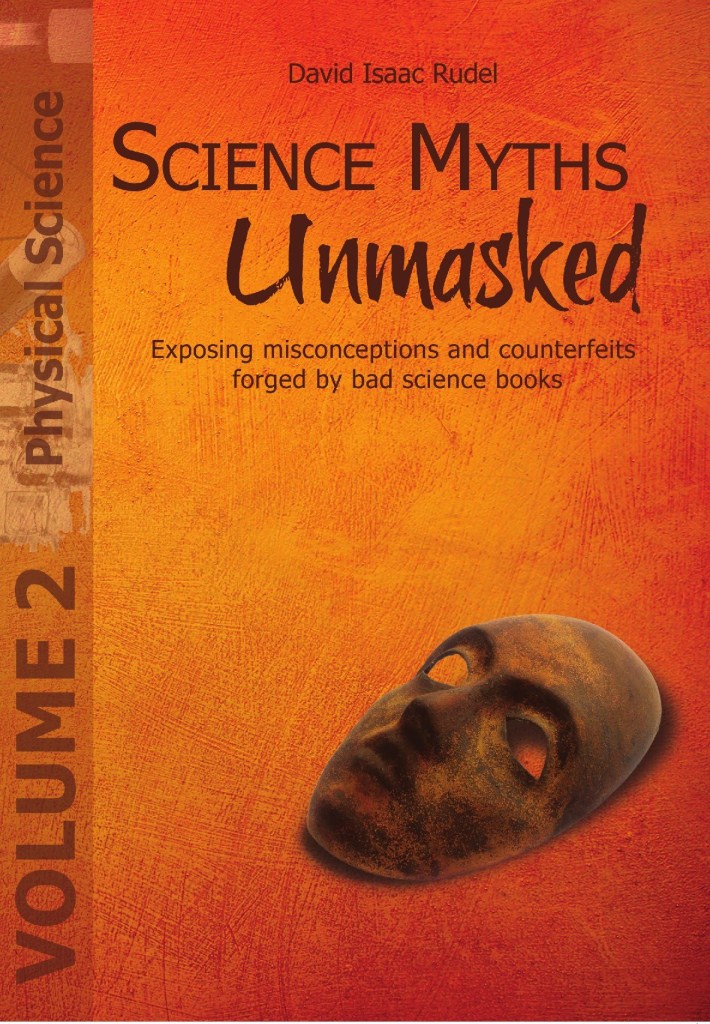An aside buried in a recent post at Doyle’s science blog caught my eye. In discussing gravity with young students, he describes how one could talk about objects “pulling” on one another. He then, understandably, gives the disclaimer “Yes, of course, this is Newtonian and simplistic–we’re talking about 8 years olds.”
Now, on the one hand, I like it when people point out that we know that Newton’s views have been superseded. In fact, I would go further and say that it is very bad science to claim that Newton is “approximately” correct. Sure, in most cases one could pretend the universe acted as Sir Isaac conceived it and get an answer that is close to reality, but the same could be said of flat-earth astronomy and the fluid-theory of heat! Yet people would be appalled if we said that thinking about heat as a substance that flows from one object to another was “approximately” correct or that flat-earth astronomy was “approximately” correct. In point of fact, Einstein’s discovery of relatively showed that Newton’s entire conception of the universe, and in particular the notion that time and space were independent (which forms the heart of his method for doing physics) was utterly wrong.
Yet, these strong views about Newton aside, I also wonder if we show too much concern about giving the type of disclaimer Mr. Doyle does. I would say that the problem with statements like “objects exert a force on each other” does not lie in the statement itself, but rather in an over-rigid understanding of what “force” means. True, if you mix Newton’s definition of “force” with Einstein’s theory of relativity, you come to the conclusion that the statement is bad science, but the Newtonian definition of “force,” the version we feed to students in school, is in fact itself an artificial one, it has no basis in the natural world, so why do we hold it sacrosanct?
In fact, the scientists of the 19th century did not themselves conceive of a force in the way Newton did. Newton proposed the radical notion that there were specific “pushes” and “pulls” that could explain all changes in motion. His method of doing physics eventually became so compelling that all physicists saw phenomena in Newtonian terms. When that happened, scientists began seeing forces as “whatever causes a change in motion.” There was no requirement that these forces be understood or that they relate to a “push or pull” or anything else. Essentially, physicists had taken Newton’s view of the world as axiomatic so that any observed change in motion became tantamount to a “force.” Physicists had redefined the terms in such a way that Newton’s theory could not be disproved (almost). If they had maintained Newton’s actual views, any experiment where, say, magnetism or electrostatic repulsion affected the results would have disproved Newton’s theory, which had no way to account for repulsion at a distance.
(Incidentally, the reverse of this occurred in Chemistry with respect to Dalton’s Law of Multiple Proportions. Originally, Dalton defined a chemical reaction as one where his law held, meaning it could never be disproved. The fairy-tale given in chemistry textbooks about the history of this law does not respect the fact that at the time there was no clear way of discriminating between physical reactions (like dissolving) and chemical ones.)
In any event, this 19th century understanding, where “force” simply refers to whatever causes a change in motion, is no worse than the one we tell students, and it has the advantage of making statements like “every object exerts a force on every other object” true. It is genuinely true that the existence of an object at one point does influence what we humans perceive of the motion of another object. That is true in Einstein’s world as well as Newton’s. (It is just explained differently.)
Of course, we have to accept that this observation is hopelessly human-centric. The very idea of “change in motion,” which relies on a human conception of time as absolute and separate from space, is a modern-day equivalent to Ptolemaic astronomy. But Ptolemaic astronomy has its uses for our culture, and so does Newton’s perspective on motion, even if the Universe does not agree with it.



2 comments
Michael Doyle
July 9, 2012 at 9:05 pm (UTC 0) Link to this comment
Touché…
Brings up a several interesting points, and there are days I wonder if we should even pretend to teach science (as opposed to the catechism of school science).
I challenge my 10 graders to give evidence that the Earth is not flat. Not too difficult if you’re paying attention, but so few of us do.
Oh, and anybody reading the comments–buy Rudel’s books. You will not be disappointed!
Jeff Michals-Brown
July 11, 2012 at 2:13 am (UTC 0) Link to this comment
JPL still uses Newton to navigate spacecraft.
(I never liked the circular definitions either, though.)